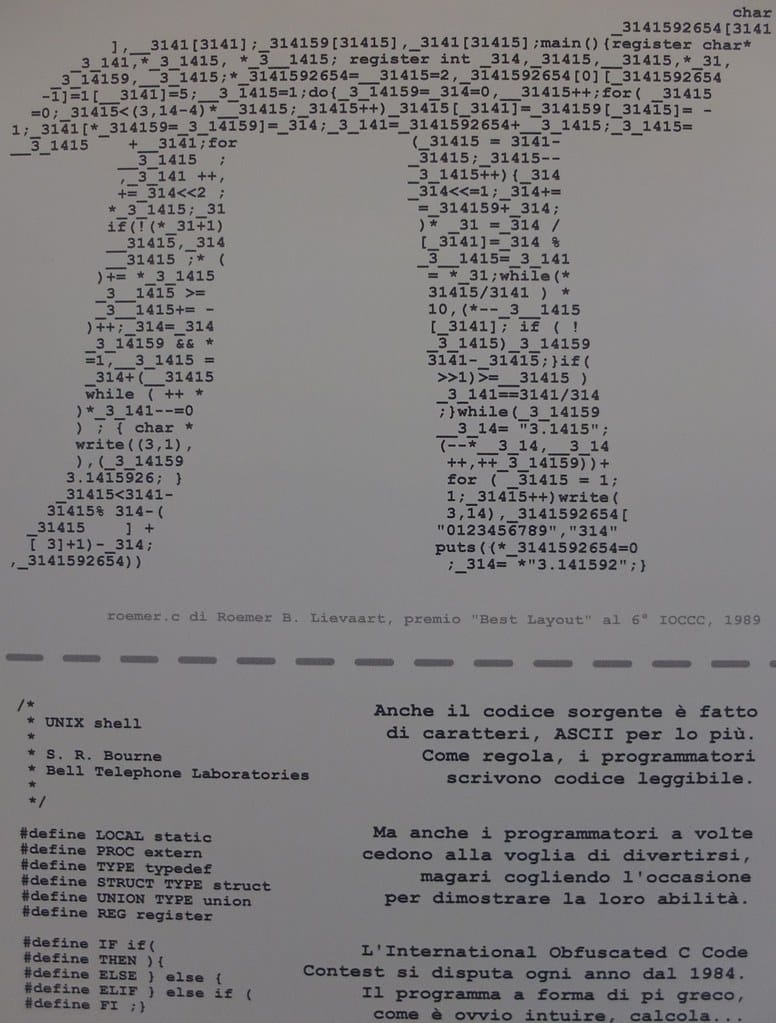The Art of Beautiful Chaos: 2025's Most Brilliantly Unreadable Code Takes Center Stage
The programming world's most delightfully perverse competition has crowned its latest champions, and the results are as mind-bending as ever. The International Obfuscated C Code Competition (IOCCC) has announced its 2025 winners, celebrating programmers who've mastered the fine art of writing functional code that looks absolutely incomprehensible.
For over four decades, this unique contest has challenged developers to create working C programs that are as difficult to understand as possible, turning the fundamental principle of clean, readable code completely on its head. This year's winners prove that obfuscation remains a thriving art form in the programming community.
What Makes Code "Beautifully Unreadable"?
The IOCCC judges entries based on several criteria that would make any software engineering professor cringe. Winners must create programs that are:
- Functionally correct but written in the most confusing way possible
- Creative in their obfuscation techniques, using clever tricks and language exploits
- Compact yet complex, often cramming impressive functionality into tiny, incomprehensible packages
- Aesthetically interesting, sometimes forming visual patterns or shapes
This year's entries showcase remarkable creativity, with programmers employing techniques ranging from abuse of C preprocessor macros to creating code that looks like ASCII art while still executing flawlessly.
2025's Most Ingenious Entries
The "Best One-Liner" Winner
This year's most compact entry manages to implement a fully functional chess engine in a single, 159-character line of C code. The program appears to be nothing more than a string of seemingly random symbols and operators, yet it can play a complete game of chess against human opponents. The author achieved this by exploiting little-known features of C's operator precedence and clever memory management tricks.
The "Most Artistic" Champion
Taking visual obfuscation to new heights, one winner created a program that displays the current time and date—but the source code itself is formatted to look like a working analog clock face. Each "hand" of the clock is composed of variable declarations and function calls, creating a program that's simultaneously a piece of ASCII art and a functional timekeeper.
The "Most Likely to Break Your Brain" Award
Perhaps the most diabolical entry this year is a program that appears to do nothing but print "Hello, World!"—until you realize it's actually implementing a complete Lisp interpreter. The code uses recursive preprocessor macros and self-modifying techniques that transform the simple greeting into a fully functional programming language runtime.
Why Obfuscated Code Matters
While deliberately writing unclear code might seem counterproductive, the IOCCC serves several important purposes in the programming community:
Educational Value: These competitions push the boundaries of what's possible within programming language constraints, often revealing obscure features and edge cases that can be valuable for advanced developers to understand.
Security Awareness: Many obfuscation techniques mirror those used by malicious actors to hide malware functionality. Understanding these methods helps security professionals better identify and analyze threats.
Creative Expression: The contest demonstrates that programming can be an art form, encouraging developers to think creatively about problem-solving and language usage.
Community Building: The competition has fostered a dedicated community of programmers who appreciate both technical excellence and humor in coding.
The Judges' Perspective
This year's judging panel noted a trend toward increasingly sophisticated obfuscation techniques. "We're seeing entries that don't just hide their functionality—they actively mislead readers about what they're doing," explained one judge. "The level of creativity in making functional code appear completely nonsensical has reached new heights."
The competition continues to attract entries from programmers worldwide, with participants ranging from university students exploring language boundaries to seasoned developers taking a creative break from their day jobs.
Key Takeaways for Developers
While the IOCCC celebrates deliberately bad coding practices, it offers valuable lessons for everyday programmers. Understanding these obfuscation techniques can improve code review skills, enhance security awareness, and provide deeper insight into programming language mechanics.
The 2025 winners remind us that even in our age of clean code principles and automated formatting tools, there's still room for playful exploration of programming languages. Sometimes, the best way to appreciate good code is to marvel at brilliantly terrible code—and the IOCCC delivers that in spades.
Full source code for all winning entries is available on the official IOCCC website, where brave developers can attempt to decipher the beautiful chaos of this year's champions.
